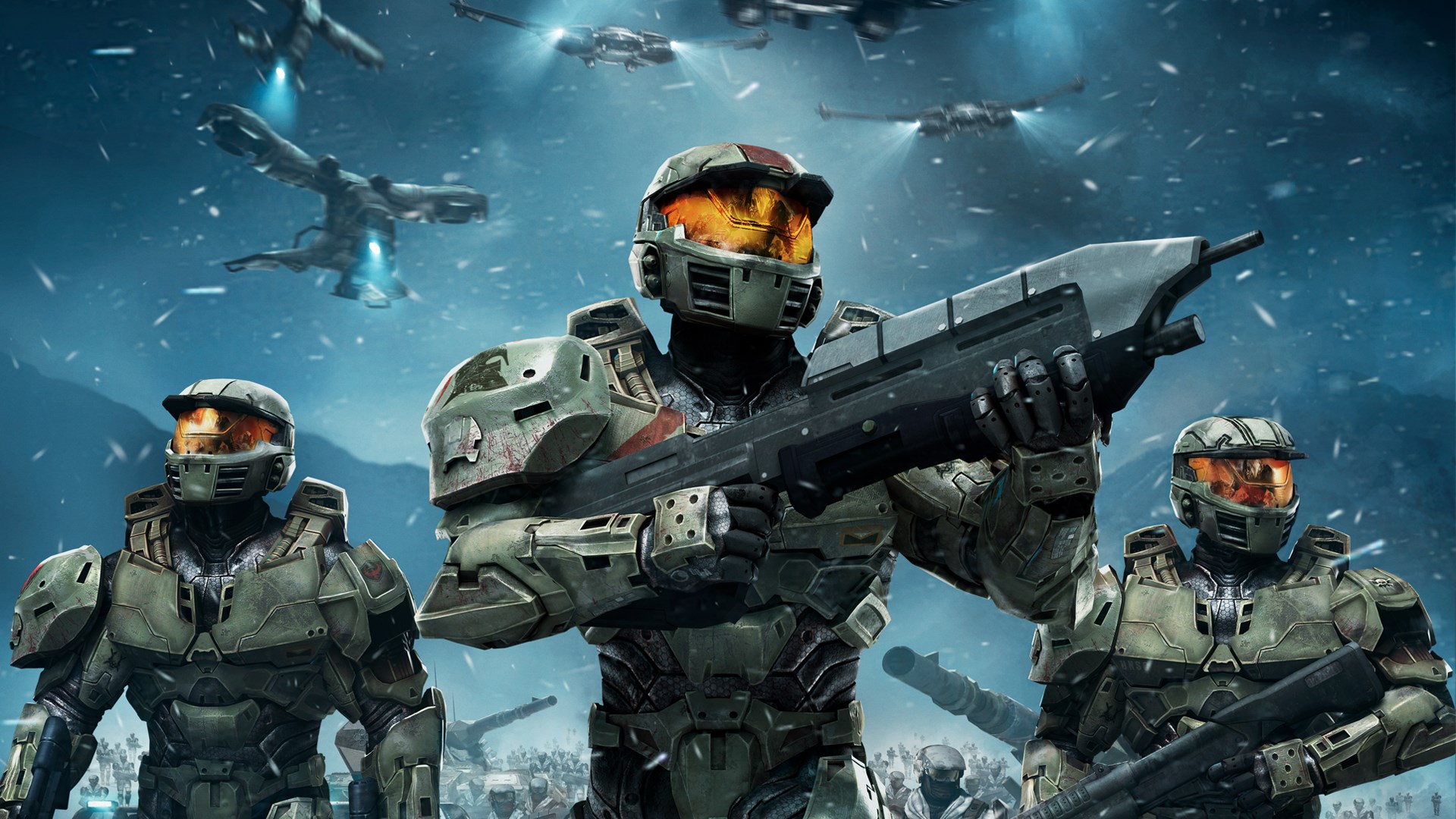
Blood, sweat and pixels gives us a glimpse into the pain and passion that goes unnoticed into bringing modern games into the market.
One of the interviewees said. “Making games is sort of like shooting movies, if you had to build an entirely new camera every time you started.” Challenges are enormous to put mildly. Ranging from technical nightmares to internal turmoils and market demands, it’s a miracle that any video game gets ever made.
Tools and Technology are constantly in flux.

It’s not uncommon for studios to scrap tens of hours of work because a better engine comes along. In the case of Dragon Age Inquisition, every update to Frostbit game engine, requires significant changes from the design and engineering team.
Internal conflicts and higher-ups can take game to an entirely different direction.
Artists and programmers spend months, years even, designing levels, sketching characters and coding mechanics down to the last line only to see it all thrown out. Take Naughty Dog for example when they replaced their creative director and rendered almost two years of development resources entirely useless.
Changing course late in the development not only wastes millions, also costs emotional investment.
Studios and publishers invest in millions of dollars in character development, story line, game play, cut scenes, animation and even voice recording. It’s demoralizing for creative and committed people to witness their time and hard work vanish into thin air.
There’s hardly a game that doesn’t run up against insane crunch time and dramatic setbacks over the course of its development.
From a one-man army spending six years of twelve hour days mostly alone in his room to massive AAA developments like Dragon Age, Uncharted 4, Diablo 3, Halo, it’s certain the quality in today’s competitive landscape is determined by a herculean effort.
In real life, the math to calculate the burn rate is never clean.
The development would expand and contract based on what it needed every month and the budget would adjust accordingly. Project managers would have to build a living schedule, the schedule that would change at any given day based on how the team is doing.
They have to account for iteration, human error and fact that creativity and come and go and burst. On top of that, there’s an expectation that the team will get better and more efficient as they make more and as the development tools get better.
Halo Wars: The game neither developers wanted to make it but nonetheless a hit.
Bungie didn’t want anyone else touch Halo while Ensemble wanted to make their own IP (Age of Empires) instead. However Microsoft forced the branding upon Ensemble. At one point, Ens encounter between Ensemble and Bungie wasn’t hostile but it was a cold reception. In 2008, Ensemble announced it would shut down after the game release in 2009, laying off all non-essential staff. The remaining few as given incentives to remain until the completion of the project.
It as a tough period for Goodman (the founder of Ensemble) and his studio, but in the end they made it. Halo wars generally garnered positive reviews. And for the founder and people behind the scenes, a new indie studio, Robot Entertainment and reemployed some former employees.
How Obisidian came back following its Kickstarter Acclaim
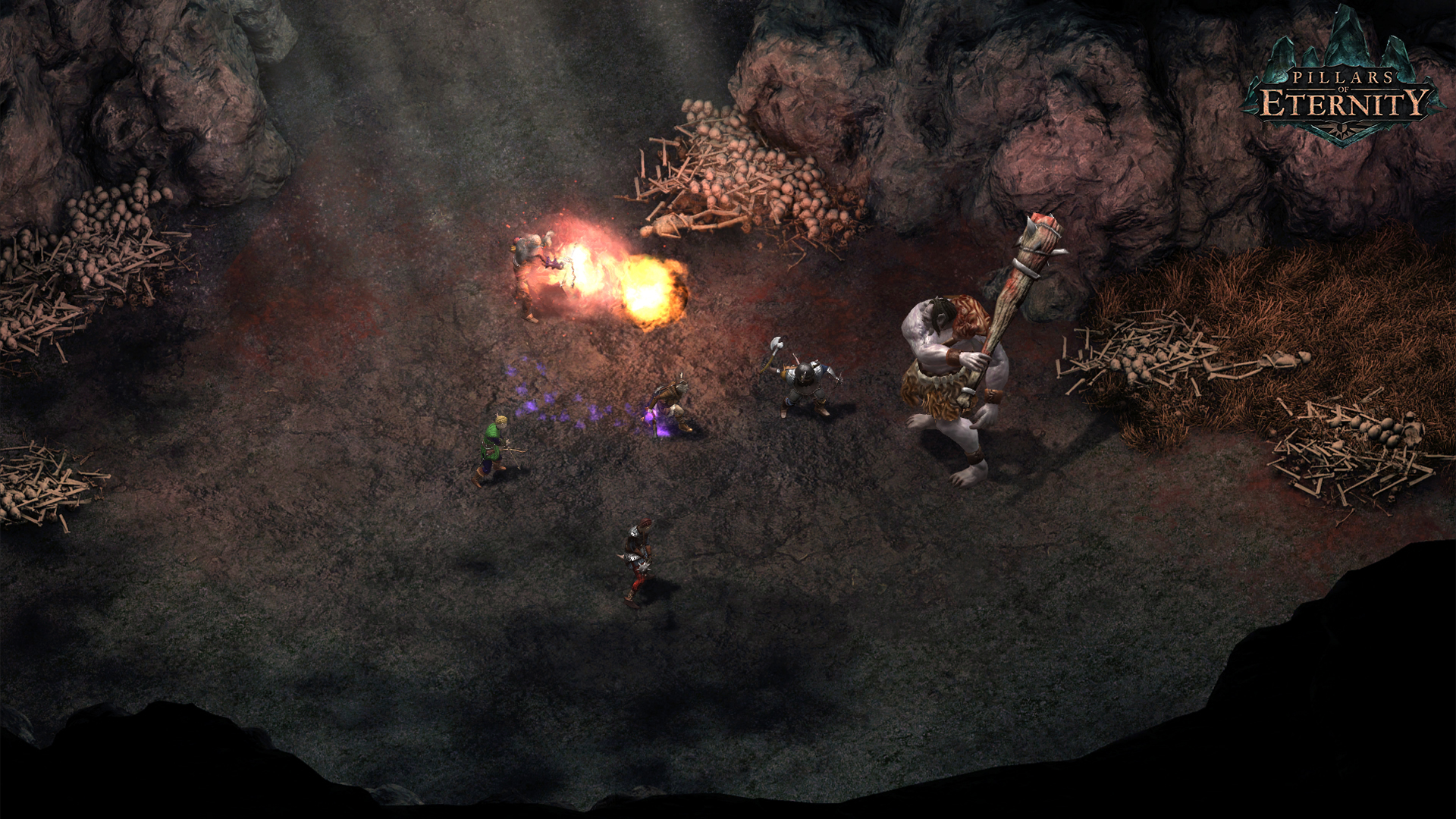
The day the Kickstarter campaign went live, Pillars of Eternity hit its goal 1.1 million dollars in just 24 hours. The game ended up with most 4 million in funding which made it the highest funded game on Kickstarter then. They also proved crowdsourcing as a viable alternative to shopping for oftentimes bureaucratic publishers.
Along the development timeline, Obisidian was receptive to constant stream of feedback from Kickstarter crowd. Thanks to crowd funding, they were also able to surf their creative freedom at will. PC Gamer even said Obisidian made their best game thus far with Pilllars of Eternity.
Eric Barone, the one-man army that built Stardew Valley.
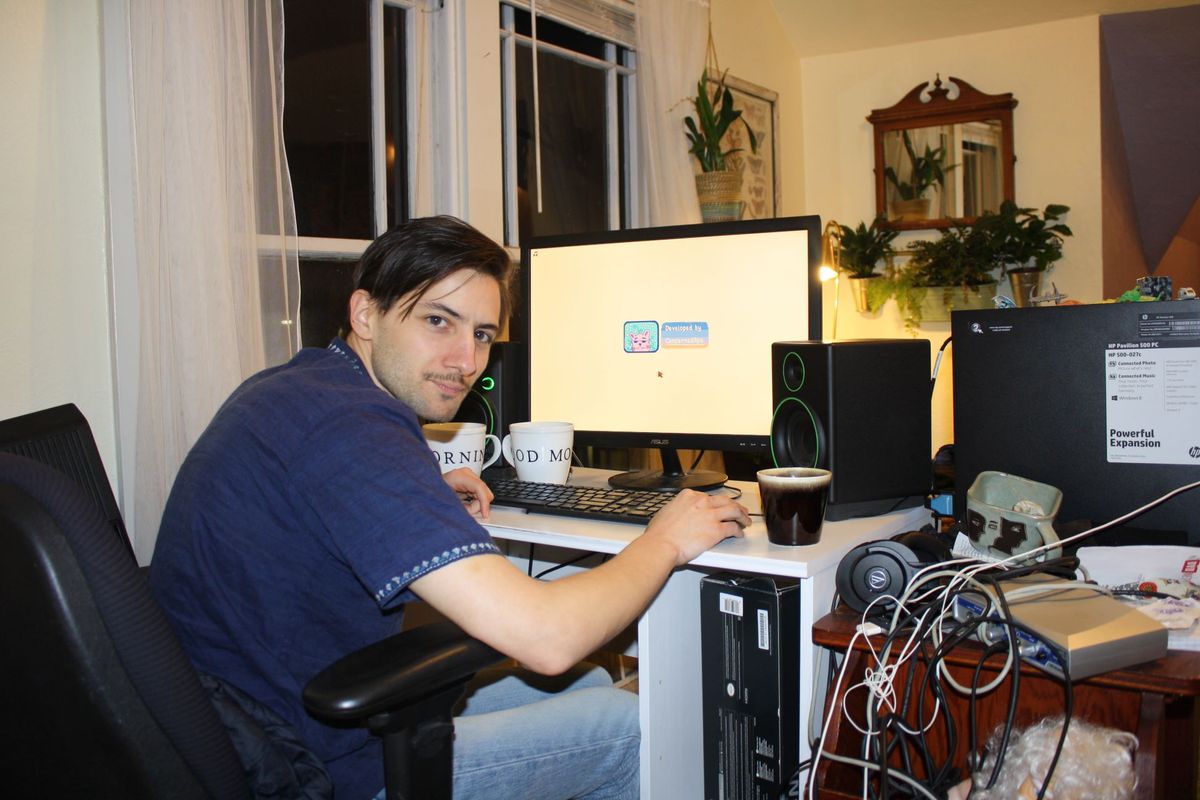
Eric spent six straight years of twelve hour days mostly alone in his room, with nothing but extraordinary patience and sometimes strained but nonetheless unwavering support of his girlfriend and family. He insisted to compose every soundtrack, design every pixel and code every mechanic to bring us a new and different version of Harvest Moon, a game that he admired since his childhood.
After the sweeping success of Stardew Valley, his dream became a reality when he found himself sitting down in the room with Yasuhiro Wada, the creator of original Harvest Moon.
Uncharted 4, Brutal crunch time and internal turmoils.

Crunch time at Naught Dog sounds intense to say the least. When everyone is staying up late until 11PM, you don’t want be that jerk leaving at 7PM. And departure of their creative lead Amy Hennig didn’t help either. The character changes even exacerbated the crunch.
Like any big production, Uncharted 4 had its ups and downs before being released to critical praise across the board and stellar sales. Still it’s clear to pay attention to politics and higher-ups not seeing eye to eye that eventually led to the departure of the key person.
How Diablo 3 came back after disastrous launch and much criticized Auction House.
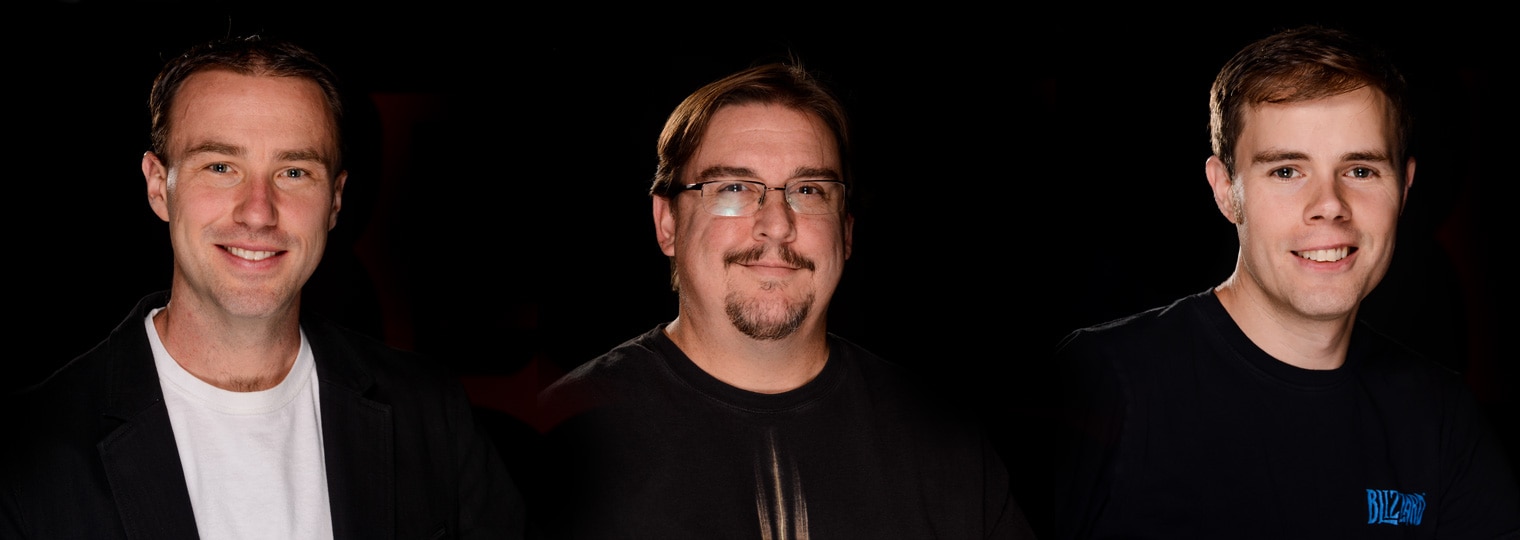
Error 37, that’s the code you’ll see when you access the much-anticipated game that was in development for a decade on its launch date. Even days after it went live, the game doesn’t live up to the hype. And it just gets worse, when they introduced Auction House, an in-game marketplace that enabled players to trade loot using both in-game currency and real money.
In the process, the game unintentionally incentivized players to spend more time trading than killing enemies and collecting loot drops. Diablo 3 gradually became more about trading than actually playing. AFter much criticism, Blizzard realized the auction house was undermining its gameplay and decided to discontinue the service before its too late.
Destiny the game that went nothing as planned.
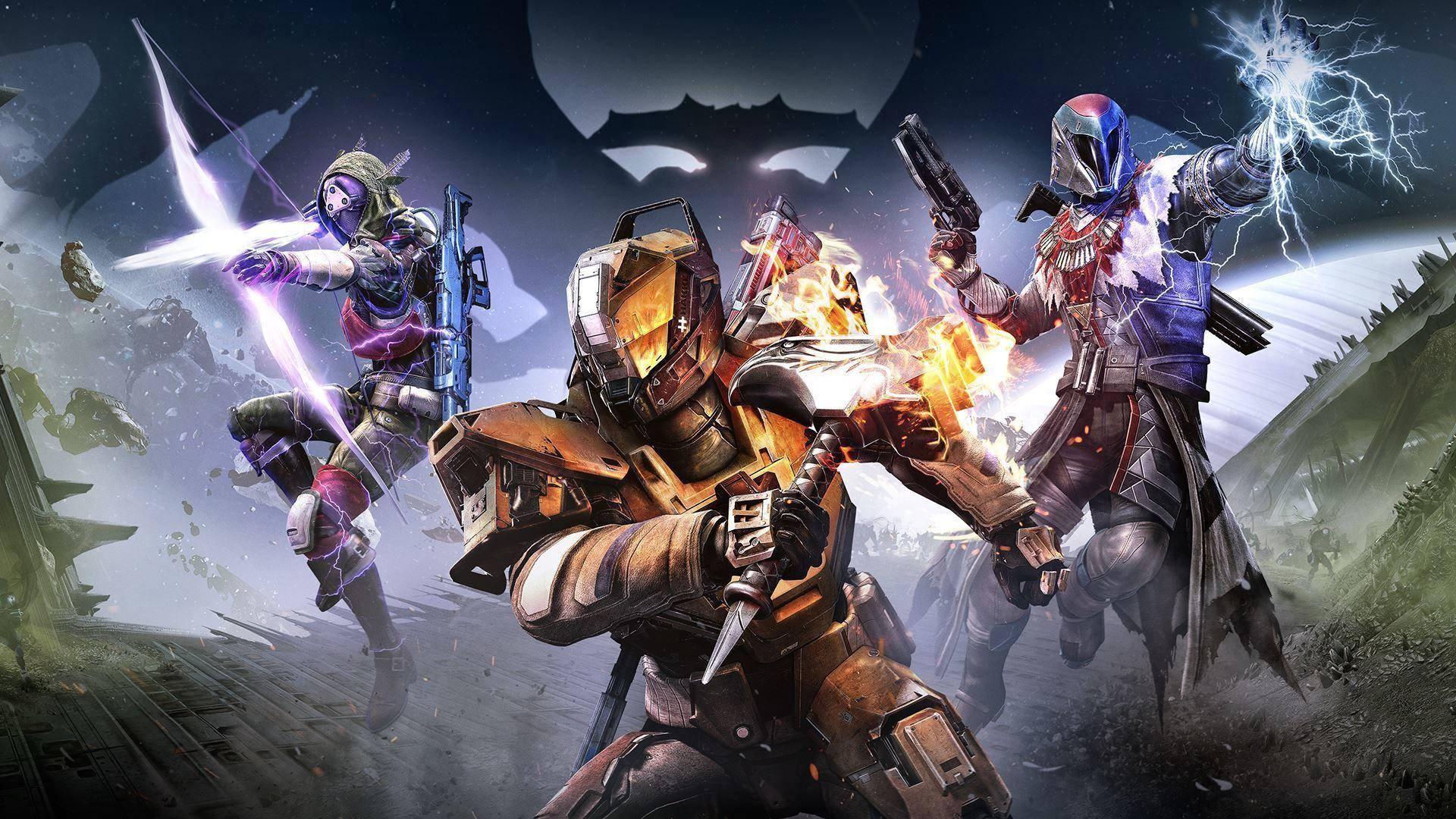
For years, Bungie craved Independence from Microsoft until they got it and they realized they were in over their heads when they had to make Destiny a reality. Destiny, as they called it, was to be a cross between a traditional shooter like Halo and a massive multiplayer game like World of Warcraft. It was going to become a cultural touchstone.
But a year before they’re supposed to ship Destiny, Bungie senior staff were unhappy with the story line which took several years to develop. In the coming weeks, the writing team had to devise a totally new plot painstakingly stitching together the version that would ship a year later. Reviewers singled out the story in particular, slamming the vague plot, thin characters, opaque dialogue and flat voice acting. The development team missed their bonuses and the game scored just under 70 on metracritic.
Dragon Age, a title where the timeline and technical challenges cross.
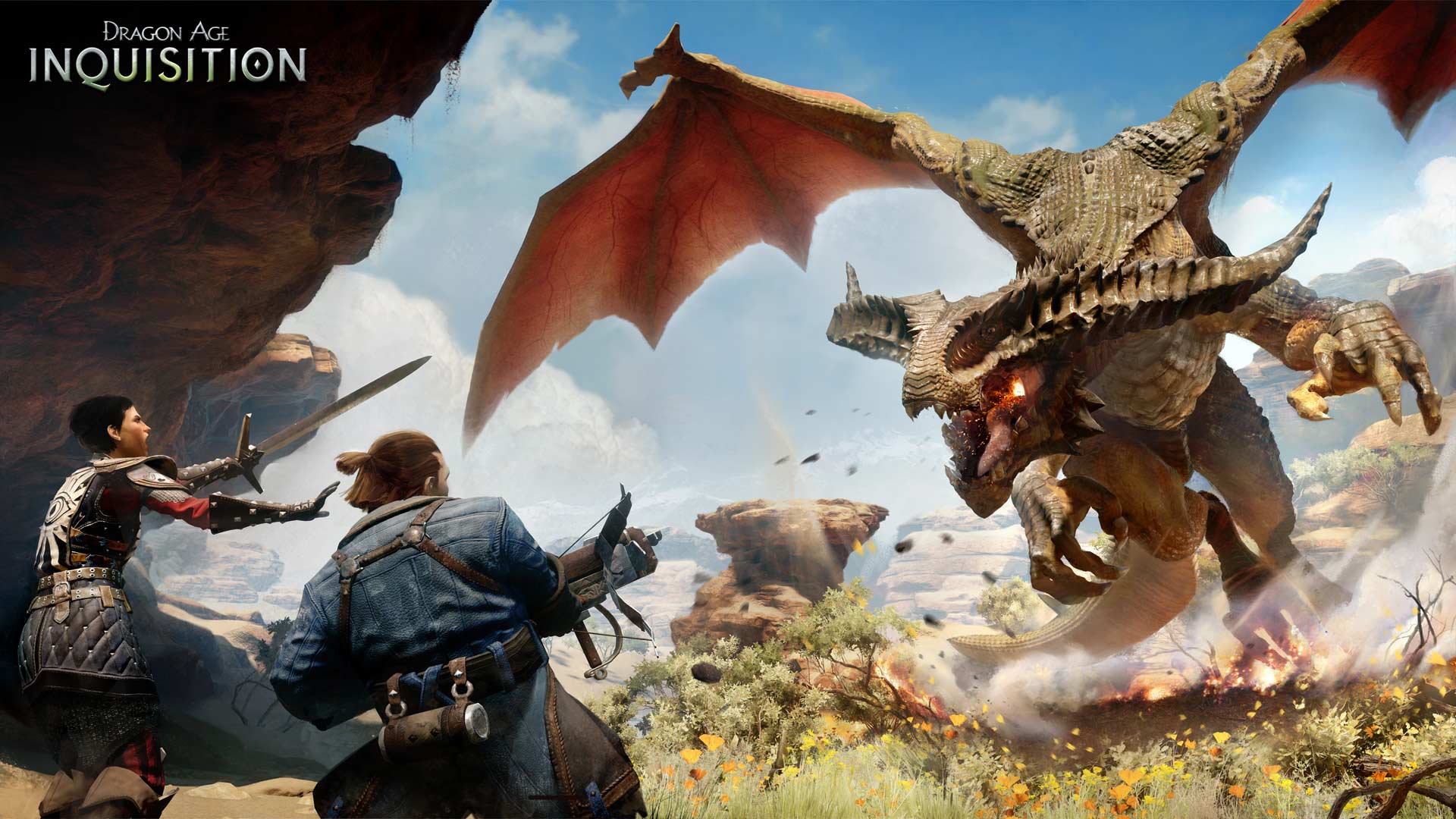
Dragon Age 2 as made in under 16 months, a ridiculously short period of time to build a RPG. Inqusition was a technical challenge considering the issues of Frostbite. It’s even said that EA crippled BioWare with Frostbite.
“It’s hard enough making a game”. A former BioWare employee said. “It’s really hard to make a game where you have to fight your own tool set all the time.” Because trying to get their features working in Forstbite was taking forever, BioWare even had to cut back on them. Sometimes it took a week to fix a little bug. Some claimed Frostbite team was helping FIFA which made tons of money for EA and spreaded rest of the team too thin for other games at the publisher.
Shovel Knight, stretch goals and overpromises to the crowd.

For Dragon Age, it was dealing with its horrific game engine but for Shovel Knight, the mistake was over-promising features on Kickstarter. However it seems questionable whether a small team like Yacht Club will secure over $300,000 without stretch goals like a four-player battle mode, a mission-based challenge mode and other campaigns.
Still the studio pulled it off. Shovel Knight received critical acclaim, won various awards and is considered one of the best games in 2014.
Witcher III, the underdog story proves nothing is ever too small to take on the giants.

It caught everyone by surprise when a lesser-known Polish studio with a track record of just two games unveiled Witcher III, a massive open world role-playing game. While an average RPG requires about 20 hours to complete, Witcher 3 took staggering 200 hours (or even longer than that if you play slowly). The map in the sequel is also twenty times larger than its predecessor with great attention to detail. From a player point of view, there can never be too much detail. People like to explore a lot and you can totally understand that. But of course, at some point, you have to consider the scope of the project and whether this rock angles in a certain way actually adds something to the world. Or may be you should instead go and fix another bug somewhere. Every second spent adding an extra detail to the game led to the schedule progressing faster than CD Projekt Red would like it to.
“The sheer size and complexity of The Witcher, key features of the title, have had a decisive impact on production. Now, nearing the end of our work, we see many details that need to be corrected.” said the studio. “”We owe you an apology. We set the release date too hastily. It’s a hard lesson, one to take to heart for the future.” Despite delays after delays, the game received universal acclaim across multi platforms. For CD Projekt Red, it was a moment of glory as they spent their monumental day refreshing terrific reviews all over the Internet.
The story of Star Wars 1313: Not all endings are happy endings.

All nine stories in nine chapters left the reader happy (bar Starwars and LucasArts). LucasArts has gone through some ups and downs but the real crumble begins after a massive 4-billion acquisition deal by Disney. Following Disney’s lackluster interest in video games, LucasArts found its key people leaving one after another. To make matters worse, they couldn’t replace, let alone onboard new hires, because Disney froze the hiring line. Soon, the vast majority of the staff working on “Star Wars 1313” were laid off alongside the closure of the LucasArts video game unit. Years of work and thousands of labor were scrapped and it seems most likely they will never see the light of the day again.


